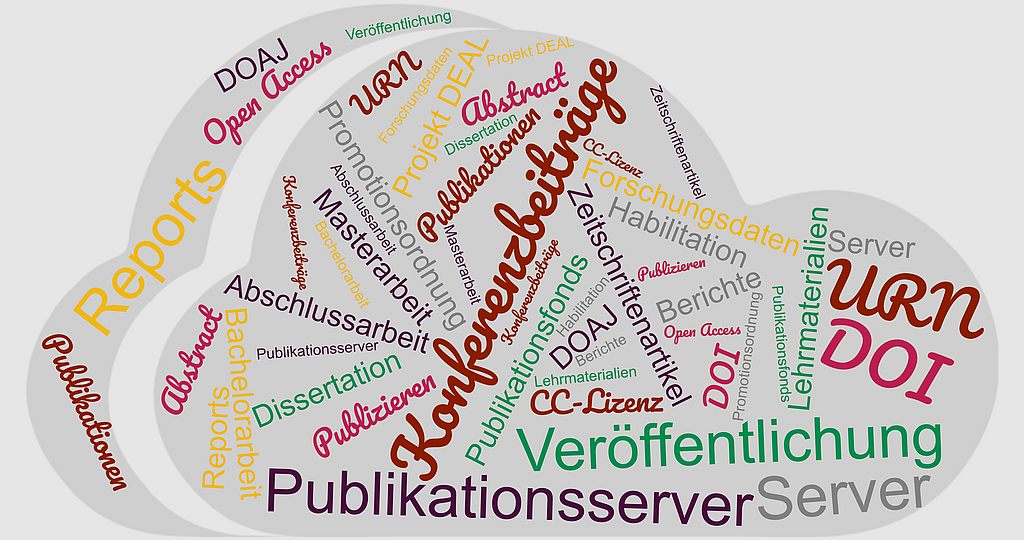Persistent Identifier (PID)
You click on a DOI to read a paper on the Internet, look up the author's other publications via the ORCID, and search for details of his or her home institution via the ROR ID. You can do all this, of course, even if you don't know what stands behind these abbreviations. They all stand for Persistent Identifiers, abbreviated PID. In short, they are systems that use clearly defined rules to ensure that objects (or people) are represented in a uniform and comparable way and can be found. There are always new efforts to provide other objects with PID, such as conferences or laboratory equipment.
A short summary is provided by the portal forschungsdaten.info, among others.
-
The Open Researcher and Contributor ID or ORCID is a number with which it should be possible to uniquely identify persons. This means that even changes of name or institution are not associated with problems in assigning published work. For an ORCID, a self-registration has to be made. Each person decides for himself/herself about the released and recorded information in the associated profile. The creation of such an ID is done within a few minutes. An additional advantage is that the ID can be used to login to other open services, such as argos, the EU's DMP tool.
-
The DigitalObjectIdentifierhas established itself as the de facto standard for data and digital objects. Through a DOI, the unique identification and localization of an object is possible. Thus, a reliable scientific citation is possible through the DOI, since the DOI remains the same over the complete lifetime of the linked digital object.
-
The ResearchOrganizationRegistryis a free open way to uniquely assign research organizations. The ROR ID of the TU Clausthal is https://ror.org/04qb8nc58. The EST additionally has its own ROR ID as a subordinate entity: https: //ror.org/00q7z2571
